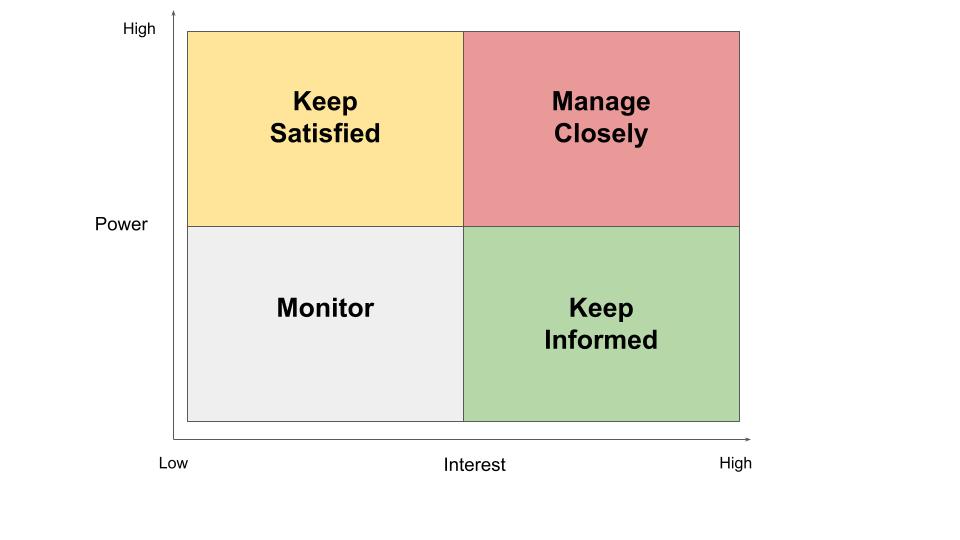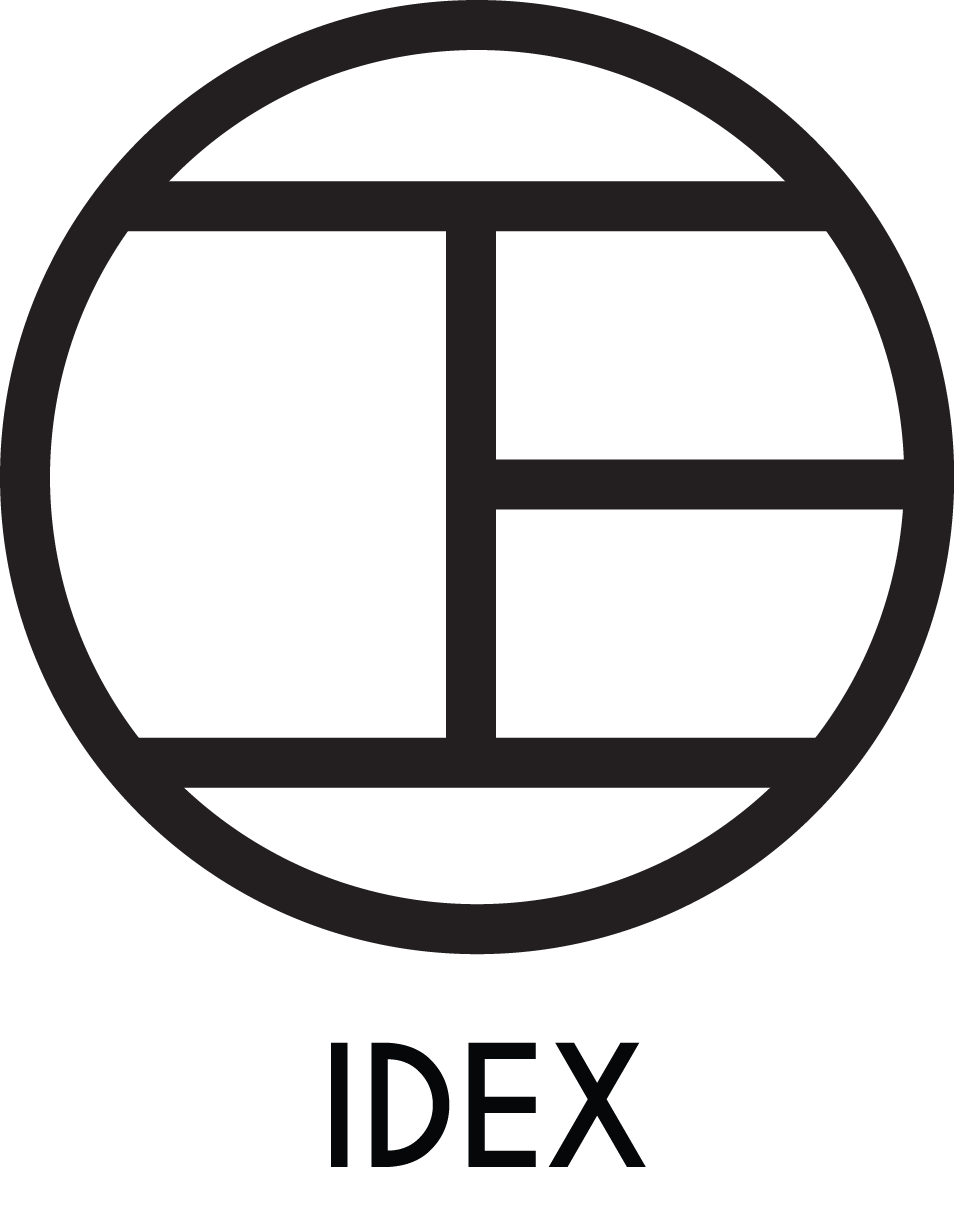Project Initiation Part 2: Documentations

In our previous article, we examined the key components of the project initiation phase, which are establishing project goals, determining project scope, and defining project success criteria. In this second article of the same series, we will walk you through the project team roles and responsibilities, and some important resources and documentation for building a solid foundation for a successful project.
Stakeholder and stakeholder analysis
Stakeholders
A project can’t be completed without a team working together to establish the project goals, determine the scope, and define its success criteria. There could be a big group of people involved in the project, but they typically fall into the following categories, which are project sponsors, customers, team members, and project manager.
A project sponsor is the person who is accountable for the project and who ensures the project delivers the agreed upon value to the business. They play a vital leadership role throughout the process. Sometimes they fund the project. Team members are the people doing the day to day work and making the project happen. The customers are the people who will get some sort of value from a successfully landed project. Projects always aim to deliver something useful to the customers. And finally, the project manager: the person who plans, organizes and oversees the whole project.
All of the people involved in a project are the stakeholders of the project. Primary stakeholders are people who will benefit directly from the project's success, while secondary stakeholders, even though they won't play active roles throughout all phases of the project, still need to be informed as they are a component of what the project needs to succeed.
Having all these different people involved on a project can make things messy if not managed properly, that is where stakeholder analysis, a visual representation of all the stakeholders comes into help. Stakeholder analysis illustrates which stakeholders are taking on which responsibilities, and it can help you include the right people in important conversations.
Stakeholder analysis
There are three key steps involved in a stakeholder analysis. First, make a list of all the stakeholders that the project impacts. Then determine the level of interest and influence for each stakeholder. Influence measures how much power a stakeholder has and how much the stakeholder's actions affect the project outcome. And finally, assess their ability to participate, and find ways to involve them.

A power grid as shown above is often used for stakeholder analysis. The first group of stakeholders are the key stakeholders, on the top right corner of the grid. To best manage key stakeholders, you'll want to closely work with them to reach the desired outcomes.
Stakeholders with higher influence but lower interest are on the top left corner of the grid. To manage these stakeholders, you'll want to consult with them and meet their needs.
Stakeholders with lower influence but high interest are in the right bottom corner of the grid. For these stakeholders, you'll want to keep them up-to-date on the project.
Stakeholders with low influence and low interest are on the bottom left corner. You mainly want to monitor them, keeping them in the know.
RACI chart
Stakeholder analysis shows us how to best work with stakeholders and when to communicate with all the different people involved in the project, where a RACI chart helps to define roles and responsibilities for individuals or teams to ensure work gets done efficiently.
There are four types of participation included in a RACI chart, which are Responsible, Accountable, Consulted, and Informed. Responsible refers to those doing the work to complete the task. Accountable refers to those making sure the work gets done. Consulted includes those giving feedback, like subject matter experts or decision-makers. And informed includes those just needing to know the final decisions or that a task is complete.
When creating your RACI chart, you need to write down each task or deliverable for your project, and then assign it the appropriate role for each stakeholder.
First, think about who's involved in the project and write it down. Next, write down the tasks or deliverables in a column on the left. After that, go through each task and deliverable and ask: Who's responsible for doing this? Who's accountable if it doesn't get done? Who will have strong opinions to add, and therefore, should be consulted about how this gets done? And who needs to be informed of the progress or decisions made about this? And assign the letters R, A, C, and I based on your answers. Here you can find a good example of a RACI chart.
Project charter
The project charter is a formal document that clearly defines the project and outlines the necessary details to reach its goals. A project charter helps you get organized, set up a framework for what needs to be done, and communicate those details to others.
The project charter often comes at the end of the initiation phase, and serves as a point of reference throughout the life of a project. helps ensure that everyone involved in the project agrees on the details.
The project chart is an important and living document, so let’s dive into how to create one for your project.
First, at the top of your charter, you'll want to add in the name of your project. Then you will add an executive summary, a brief description of the project. Then it’s the goals and project deliverables. After that, you should mention the business case, which captures the reasoning for initiating this project. The business case is supported by the cost benefit analysis, in which you will also include the budget for the project. Next is the project scope as well as what's considered out of scope for this project. And then you should also include the project team, namely, the stakeholders we came across in the stakeholder analysis. Last but not least, you should also add what’s considered as successful.
With that, you are all set and ready to start with your project. In order to keep your project on track and share information easily, at the start of your project, you should also consider choosing a project management tool. Tools like IDEX Project Management will help you track detailed information about all kinds of tasks, and make it easy to communicate with lots of different people. So why not give it a try?
 Previous ArticleNext Article
Previous ArticleNext Article 


